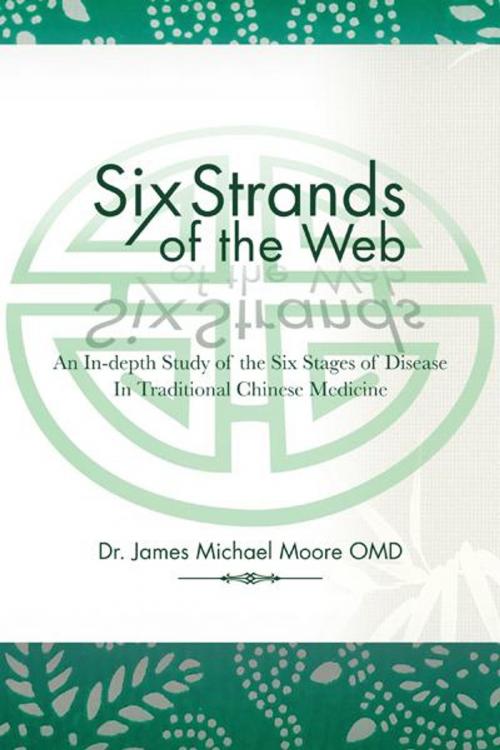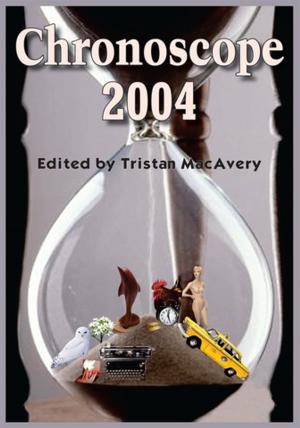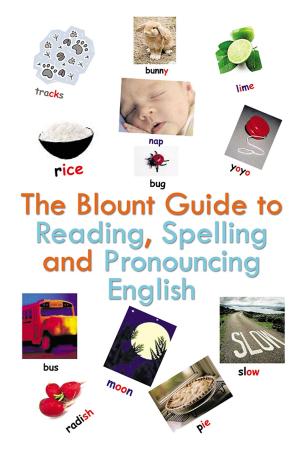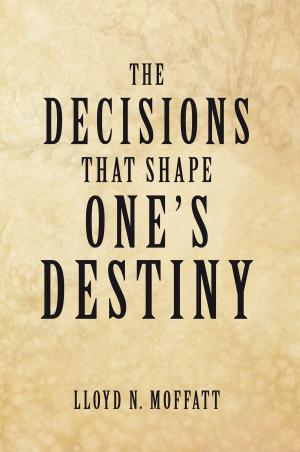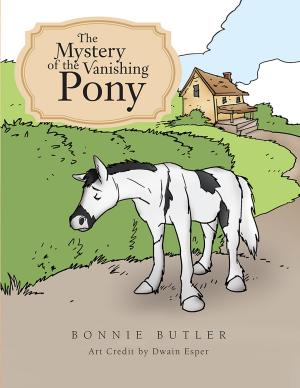Six Strands of the Web
An In-Depth Study of the Six Stages of Disease in Traditional Chinese Medicine
Nonfiction, Health & Well Being, Medical, Alternative & Holistic Medicine, Alternative Medicine| Author: | Dr. James Michael Moore | ISBN: | 9781477208724 |
| Publisher: | AuthorHouse | Publication: | June 13, 2012 |
| Imprint: | AuthorHouse | Language: | English |
| Author: | Dr. James Michael Moore |
| ISBN: | 9781477208724 |
| Publisher: | AuthorHouse |
| Publication: | June 13, 2012 |
| Imprint: | AuthorHouse |
| Language: | English |
This book is designed for the serious student of Chinese medicine. Both the beginner and advanced practitioner will find this information useful from school to everyday clinical practice. The first section of the book covers a basic history and evolution of the six stages of disease. Chapter Two reviews various theoretical concepts related to the six stages. Symptoms and treatment concepts, according to the Chinese classic Shang Han Lun, are examined in Chapter Three. In Chapter Four complications of combined and overlapping stages of disease show how disease many times will not follow the normal progression of the Six Stage Model. An in- depth study of conformations and the basic treatment concepts for each of the stages are presented in Chapter Five. A quick overview of the twenty-four basic classifications of Chinese herbal formulas will be found in Chapter Six. Primary herbs for each stage and their related formulas are examined in Chapter Seven. Chapter Eight deals with differential diagnosis of syndromes and treatment. Conformations for formulas and a comparison to other formulas from the Classic Shang Han Lun (Treaties on Fever and Chills) and the Jen Kuei Yao Lue (Perceptions from the Golden Chamber) are the main emphasis in Chapter Nine. Practitioners will find Chapter Ten a very useful clinical reference of all ninety herbal formulas (in table form) found in this book. In Chapter Eleven, there are four major lists dealing with the names of individual herbs. The first three lists are a cross reference for herbs listed by the Pin Yin, Pharmaceutical, and Common names. The fourth list gives the classification and function of the 118 herbs used in this work.
This book is designed for the serious student of Chinese medicine. Both the beginner and advanced practitioner will find this information useful from school to everyday clinical practice. The first section of the book covers a basic history and evolution of the six stages of disease. Chapter Two reviews various theoretical concepts related to the six stages. Symptoms and treatment concepts, according to the Chinese classic Shang Han Lun, are examined in Chapter Three. In Chapter Four complications of combined and overlapping stages of disease show how disease many times will not follow the normal progression of the Six Stage Model. An in- depth study of conformations and the basic treatment concepts for each of the stages are presented in Chapter Five. A quick overview of the twenty-four basic classifications of Chinese herbal formulas will be found in Chapter Six. Primary herbs for each stage and their related formulas are examined in Chapter Seven. Chapter Eight deals with differential diagnosis of syndromes and treatment. Conformations for formulas and a comparison to other formulas from the Classic Shang Han Lun (Treaties on Fever and Chills) and the Jen Kuei Yao Lue (Perceptions from the Golden Chamber) are the main emphasis in Chapter Nine. Practitioners will find Chapter Ten a very useful clinical reference of all ninety herbal formulas (in table form) found in this book. In Chapter Eleven, there are four major lists dealing with the names of individual herbs. The first three lists are a cross reference for herbs listed by the Pin Yin, Pharmaceutical, and Common names. The fourth list gives the classification and function of the 118 herbs used in this work.
